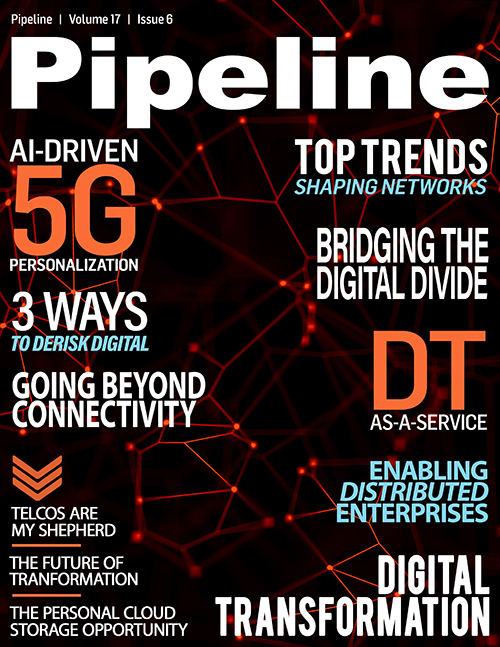Enabling the Distributed Enterprise
These cloud applications are only as powerful as the connectivity that supports them, so ensuring networks are up to the challenge is paramount. If security software takes too long to update, then enterprises risk creating points of failure that can cripple the business should they be exploited. If Enterprise Resource Planning (ERP) systems go down or lag, then business-critical insights and real-time updates are lost, costing teams time and necessary visibility into operations. If sales segments cannot access CRM platforms, client relationships and carefully built reputations can deteriorate.
Cloud-based elements of today’s digital business are crucial and span an array of functions, so solving for these types of situations and ensuring the right connectivity backbone is in place is vital. Robust, dynamic, highly flexible, and agile networks are at the core of ongoing enterprise success, and the transition to a powerful connectivity solution cannot wait any longer.
Rearchitecting the network for greater agility
Traditional networking incorporates models like point-to-point connectivity or wide-area networking (WAN), and while these approaches have served enterprise needs for some time, the acceleration of digital business is making them obsolete. The enterprise can no longer thrive on a network that was built on the back of phone lines and had data capabilities added on top — they require networks that are purpose-built for expanding footprints, cloud consumption, and data-hungry applications.
One way that enterprises are transforming network architecture is through the use of direct private peering — direct interconnections between networks and SaaS providers or content providers that create route optimization. Direct peering is a high-quality, low-cost model that overcomes the challenges associated with traditional public Internet services and multihomed networks. Direct interconnection also averts the hurdles created by connectivity that is tied up in Tier 1-centric frameworks — a legacy approach to Internet access that is built on route exclusivity and necessitates buying bandwidth from one or more Tier 1 providers. Since the thousands of SaaS providers, content providers, and broadband networks that comprise the Internet may not source bandwidth from the same Tier 1 providers, traffic between business locations and platforms becomes weighed down by multiple handoffs and long routes. This creates performance issues and costly, subpar outcomes for the enterprise, all of which can be avoided with more effective connectivity solutions.
A new service standard
Network management approaches must also change to allow for greater control and flexibility in order to help enterprises meet dynamic requirements. To accomplish this, consumption for network management and maintenance is changing. As IT complexity goes up and internal strain on time and capital rises, outsourcing is becoming an increasingly attractive option for enterprises. Where before enterprises may have been managing the network internally, many may now want to — or need to — outsource this responsibility to managed service providers (MSPs). This allows them to realign and preserve their resources without sacrificing cost efficiency or performance.
To ensure network transformation can be achieved with minimal disruption and the most successful outcomes, enterprises must understand the new criteria for the MSP selection process. One of the primary considerations for choosing a partner that can thoroughly support distributed architectures should be identifying a provider that offers high levels of visibility and flexible service options for simplified, dynamic consumption.
Managed service providers that suit the requirements of the distributed enterprise need to be able to monitor the network of diverse platforms and locations through a unified, consolidated view. Visibility into key metrics like utilization and access to comprehensive performance analytics are necessary for ensuring customer requirements can be supported when and where they are needed. Furthermore, connectivity must be able to be purchased and adjusted according to consumption, similar to the way enterprises currently purchase cloud. When efficiency, visibility, and control can be expanded and aligned in these ways, dynamic enterprise needs can truly be empowered no matter how IT frameworks continue to grow or change.
Achieving transformative results
Digital business is altering the way enterprises are employing IT. Now, an array of web-based applications, cloud platforms, and service partners are fundamental for success in a rapidly evolving landscape of data demands and distributed workforces. This means that the connectivity and networking at the foundation of enterprise IT must change, offering greater agility, efficiency, and cost-effectiveness.



















